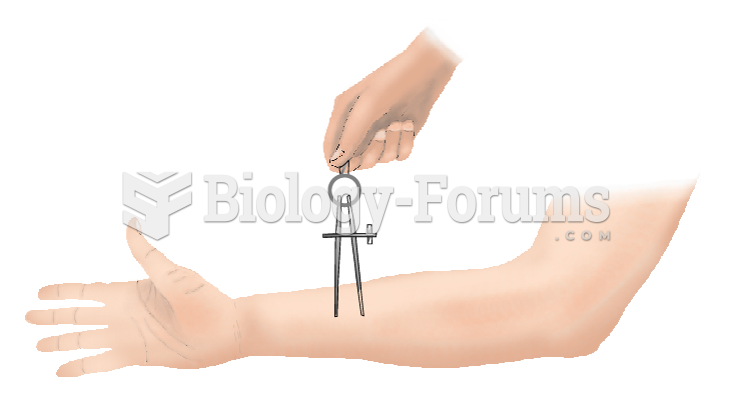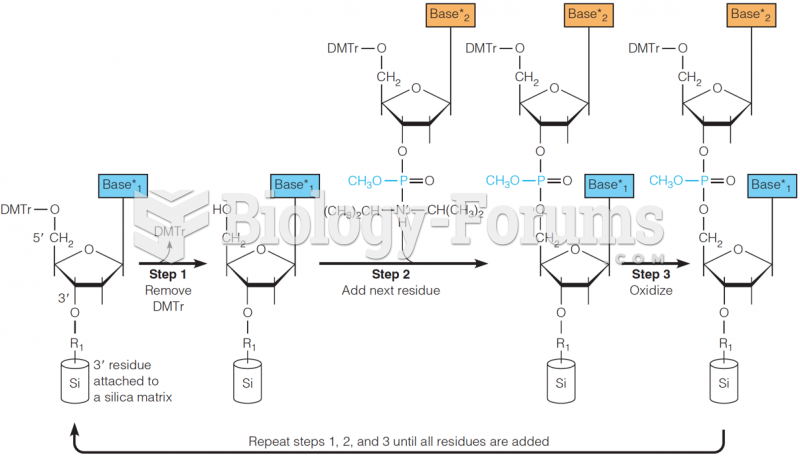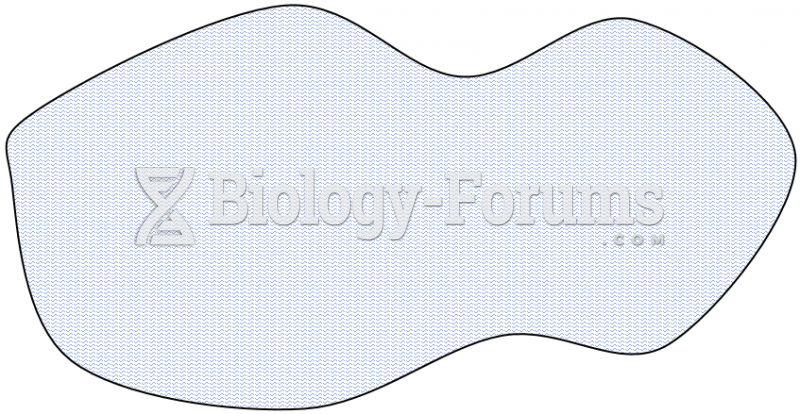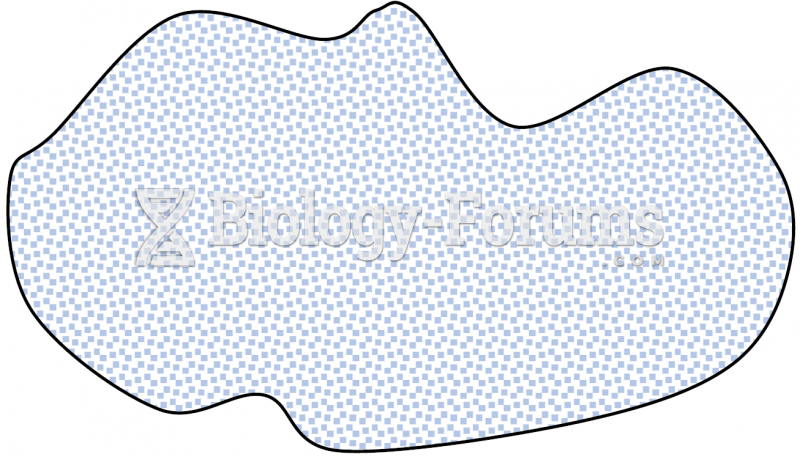Answer to Question 1
cash basis of accounting
Answer to Question 2
a. Budgetary
Other appropriations realized 900,000
Unapportioned authority 900,000
Proprietary
Fund balance with Treasury 900,000
Unexpended appropriations
appropriations received 900,000
b. Budgetary
Unapportioned authority 900,000
Apportionments 900,000
c Budgetary
Apportionments 225,000
Allotments - realized resources 225,000
d. Budgetary
Allotments - realized resources 14,000
Undelivered orders obligations, unpaid 14,000
e. Budgetary
Undelivered orders obligations, unpaid 14,000
Allotments - realized resources 1,000
Delivered orders obligations, unpaid 15,000
Proprietary
Inventory, operating materials and supplies 15,000
Accounts payable 15,000
Unexpended appropriations - used 15,000
Expended appropriations 15,000
f. Proprietary
Accounts payable 15,000
Disbursements in transit 15,000
g. Budgetary
Delivered orders obligations, unpaid 15,000
Delivered orders obligations, paid 15,000
Proprietary
Disbursements in transit 15,000
Fund balance with Treasury 15,000
h. Proprietary
Inspection program costs (supplies) 6,000
Inventory, operating materials and supplies 6,000
i. Budgetary
Allotments - realized resources 100,000
Delivered orders obligations, unpaid 100,000
Proprietary
Inspection program costs (salaries) 100,000
Disbursements in transit 100,000
Unexpended appropriations - used 100,000
Expended appropriations 100,000
j. Budgetary
Delivered orders obligations, unpaid 100,000
Delivered orders obligations, paid 100,000
Proprietary
Disbursements in transit 100,000
Fund balance with Treasury 100,000
k. Budgetary
Allotments - realized resources 8,000
Delivered orders obligations, unpaid 8,000
Proprietary
Inspection program costs (salaries) 8,000
Accrued funded payroll 8,000
Unexpended appropriations - used 8,000
Expended appropriations 8,000







